Haunted Washington, DC
Federal Phantoms, Government Ghosts, and Beltway Banshees
Tom Ogden

Guilford, Connecticut

An imprint of Rowman & Littlefield
Distributed by NATIONAL BOOK NETWORK
Copyright 2016 by Tom Ogden
All rights reserved . No part of this book may be reproduced in any form or by any electronic or mechanical means, including information storage and retrieval systems, without written permission from the publisher, except by a reviewer who may quote passages in a review.
British Library Cataloguing in Publication Information available
Library of Congress Cataloging-in-Publication Data
Names: Ogden, Tom, author.
Title: Haunted Washington, DC : federal phantoms, government ghosts, and beltway banshees / Retold by Tom Ogden.
Description: Guilford, Connecticut : Globe Pequot, 2016.
Identifiers: LCCN 2016007099 (print) | LCCN 2016008230 (ebook) | ISBN 9781493019403 (pbk. : alk. paper) | ISBN 9781493019410 (ebook)
Subjects: LCSH: Haunted placesWashington (D.C.) | GhostsWashington (D.C.)
Classification: LCC BF1472.U6 O45 2016 (print) | LCC BF1472.U6 (ebook) | DDC 133.109753dc23
 The paper used in this publication meets the minimum requirements of American National Standard for Information SciencesPermanence of Paper for Printed Library Materials, ANSI/NISO Z39.48-1992.
The paper used in this publication meets the minimum requirements of American National Standard for Information SciencesPermanence of Paper for Printed Library Materials, ANSI/NISO Z39.48-1992.
For Patrick A. Kelley
Contents
Acknowledgments
It would have been impossible for me to complete Haunted Washington, DC without the help and support of many people. As always, my thanks go out to Mark Willoughby, Joan Lawton, Michael Kurland and Linda Robertson, Dustin Stinett, and David Shine for their feedback and suggestions.
Thanks, too, to my editor Amy Lyons, original project editor Tracee Williams, assistant production editor Caroline McManus, copy editor Michelle Peters, and proofreader Roberta Monaco for their guidance and extreme patience. Also thanks to Erin Turner for her continued assistance.
Introduction
Those of you who have read any of my other books in the Haunted seriesand if you have, I thank youyou know that my take on ghost stories is somewhat different than that of other authors.
I love the thrills and chills of a good horror storythe Boo Factor. But for a tale to stand the test of time, I think it has to be more than just myth and make-believe. There has to be at least a kernel of truth for a claim to stick around for a century or more.
Historical ghost stories that involve actual people, periods, and places from the past are my favorites, and theyre a special subset in paranormal literature. As I retell these popular legends, I try to be a paranormal journalist.
What do I mean by that? Well, its all well and good to crawl through a cemetery with a thermometer in one hand, an EMF meter in the other, and an infrared GoPro strapped to your head. (In fact, it can be quite fun.)
But over time, ghost legends often become convoluted, sometimes with a dozen or more variations. First, I compare and contrast the many versions of a story for discrepancies. I continue to dig until I unearth as many details as I can about the alleged haunting. In the end, I try to report my findings in a way thats informative as well as entertaining. In this particular book, I hope to give you a real feel for the Washington in which our ghosts live.
Modern-day Washington, DC, is fairly compactonly 68.3 square milesbut negotiating it can be quite daunting to the novice. As a result, Ive divided the book into five parts, each one dedicated to a portion of the citys haunted sites.
I start at the White House, one of the countrys most recognizable landmarks. There are so many ghost stories associated with this one building that Ive reserved the entire section for the Executive Mansion. Ive placed all of its spooky legends into a single chapter.
Part Two investigates Capitol Hill, home to the buildings that house the nations legislative and judicial branches as well as many other noteworthy paranormal hot spots.
Part Three takes us to Lafayette Square, which is across the street from the north lawn of the White House. Amazingly, there are almost a half dozen sites within that single square block harboring apparitions, all dating to the nineteenth century.
Part Four hops over to Georgetown. Nestled in the northwest corner of the city, Georgetown predates Washington, DC, but it was incorporated into the District when the capital was founded in 1790. Several of Georgetowns houses, bridges, and riverbanks are rife with wraiths.
Part Five contains a hodgepodge or potpourri of other haunted structures scattered throughout the rest of the District of Columbia.
Three appendices follow. As with all of my books in this series, Appendix A is a selective bibliography of the books and websites I consulted during my research. Appendix B contains the contact information for all of the organized ghost tours that operate in and around Washington. This includes several walking tours of Old Town Alexandria on the west side of the Potomac. Appendix C lists the names and addresses (and, when possible, telephone numbers and websites) for all of the haunted sites mentioned in Haunted Washington, DC .
This book is being released in a presidential election year, so all eyes are turned to the nations capital. What a perfect time to examine the citys hidden history along with its many ghosts and spirits.
Prologue
Before we jump into our ghost stories of Washington, DCand dont worry, there are plenty of themI thought we should take a moment to reflect on why and how the district was formed. If youre a scholar of the American Revolution, feel free to skip the first few paragraphs.
Spoiler alert: There was a war, and the Americans won.
Okay, as you all remember from your history lessons in elementary school, by 1770 the British settlements along the eastern coast of North America had been divided into thirteen separate colonies. Each had autonomous rule but, in the end, they all answered to the British crown. A series of major disputes with Parliamentthe most infamous objection being taxation without representationled to representatives from all of the colonies except Georgia getting together in Philadelphia in the fall of 1774. Their goal was to craft a list of grievances to send to King George III back in London. The petition from this First Continental Congress fell on deaf ears.
The seriousness of the situation came to a head on April 19, 1775, with the Battles of Lexington and Concord. The Continental Congress reconvened in Philadelphia with many of the same delegates on May 10, 1775, to discuss their options. (Noteworthy among new arrivals were John Hancock, Benjamin Franklin, and, eventually, a delegation from Georgia.) Then on June 17, 1775, came the Battle of Bunker Hill. For all intents and purposes, the American Revolution had begun, but it took another full year of deliberation until the Second Continental Congress finally declared independence on July 4, 1776.
Over the course of the ensuing war, the Continental Congress was forced to move for a time to Baltimore, then later to Lancaster and York in Pennsylvania. In all, Congress would meet in eight different capitals before the formation of Washington, DC. Delegates enacted the Articles of the Confederation, which defined a limited role for the national government. It took until March 1, 1781, for the states to ratify the document, by which time Congress was back in Philadelphia. It would be another seven months until the war came to a close on October 19, 1781, with the Battle of Yorktown. The Treaty of Paris officially ended the war on September 3, 1783.
Next page
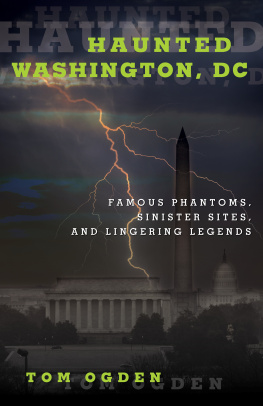

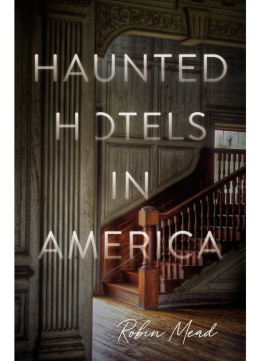


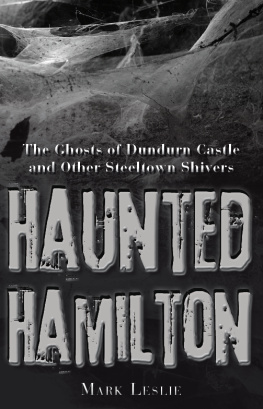
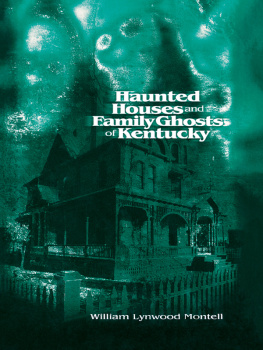
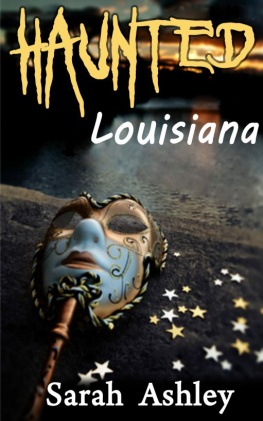


 The paper used in this publication meets the minimum requirements of American National Standard for Information SciencesPermanence of Paper for Printed Library Materials, ANSI/NISO Z39.48-1992.
The paper used in this publication meets the minimum requirements of American National Standard for Information SciencesPermanence of Paper for Printed Library Materials, ANSI/NISO Z39.48-1992.